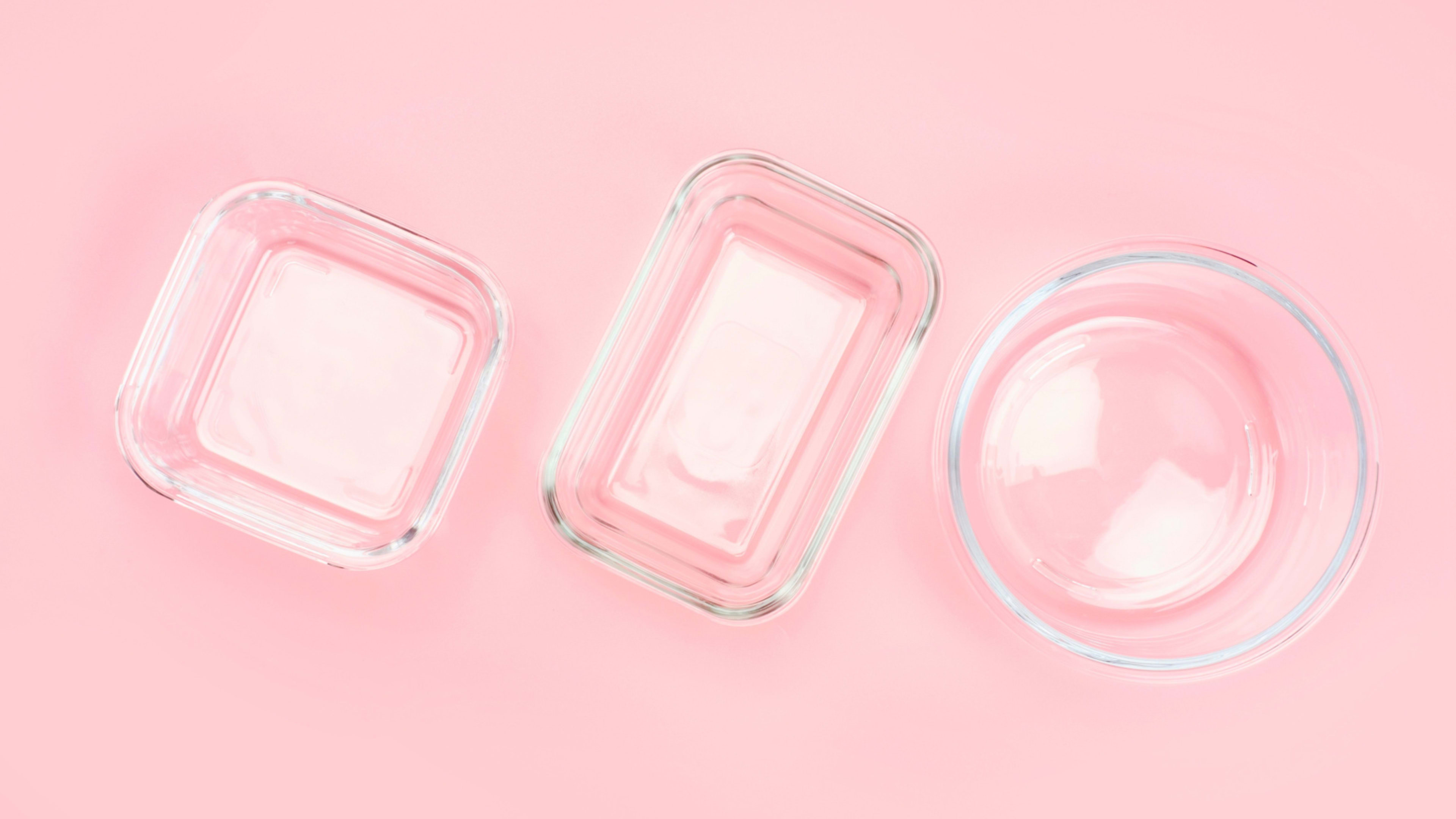Thrifter Breaks Down What to Look For When Thrifting Pyrex
Yes, there is a difference.
Thrifting is pretty much an exciting treasure hunt, offering the promise of significant finds at a fraction of the cost—if you know where and what to look for! Among the myriad of items ripe for discovery, original or vintage Pyrex pieces represent a coveted prize. These durable, classic kitchen wares not only bring a touch of nostalgia to any home but also hold some not-so-insignificant value when it comes to second-hand markets. The lure of scoring authentic Pyrex at thrift stores draws collectors and enthusiasts alike, eager to add to their collections without breaking the bank.
However, while the hunt can be thrilling, it's crucial to arm yourself with the knowledge to distinguish genuine Pyrex treasures from the sea of fakes and knockoffs. Luckily for all of you thrifters out there the creators behind the LifelongThrift Instagram channel have come up with a handy video that helps describe exactly what to look for and what to avoid!
First off, what exactly is Pyrex, and why is it so valuable? Introduced in 1915 by Corning, Inc. the glassware known as Pyrex is likely what your grandparents or even great-grandparents used if they wanted to cook something in the oven or store it away.
What Makes Pyrex So Valuable?
Pyrex is a glassware that has had a pretty important and oft-searched place in both kitchens' and collector's hearts for over a century now, mostly thanks to its unique blend of practicality and aesthetics. Most of its value comes from just how durable and versatile it is, able to withstand extreme temperatures or jostling without cracking or breaking – making it a great solution for food cooking and storage. People also really love vintage Pyrex pieces as they tend to have a look that makes many feel nostalgic for ‘simpler times'. However, newer Pyrex pieces are made from different materials and thus break and shatter far more easily under the same temperatures, making only older pieces as valuable as they once were.
Now, what should you be looking for if you are hunting for vintage or ‘real' Pyrex pieces out in the wide, wild world of thrifting?
This creator says that one of the easiest ways to tell whether the Pyrex you are looking at is the ‘good' kind or not is to actually look at the underside and look for the capital. That means, look and see whether the word is PYREX or pyrex – it is a small, but pretty significant difference.
You see, PYREX denotes that the piece was made before a certain time, aka before they introduced the new materials that made the pieces more prone to breaking and shattering. The original PYREX was made from borosilicate, which is what made it so sturdy and what the newer pieces, the ones made after 1998, lack. So, as the creator points out, the difference isn't just that the older piece – while dirtier – is also prettier, it is the fact that it holds up so much better and is thus more valuable than the newer piece!
So next time you are out thrifting, keep the capital in mind!



